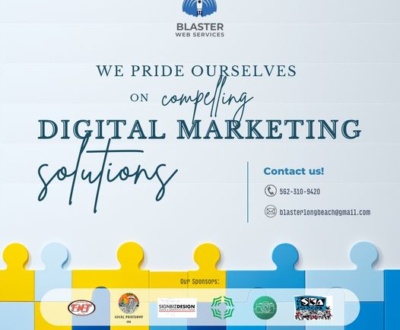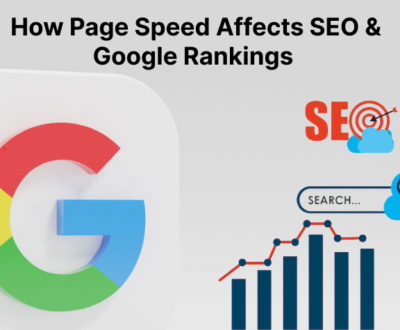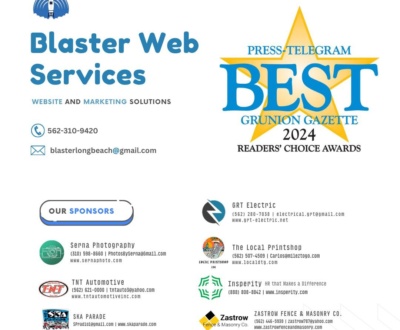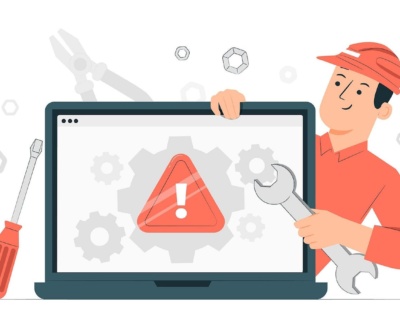
· CONTENT FIRST
Avoid delayed and disorganized content by taking a “content first” approach.
How?
Get to know your client, their business, and their objectives. The more time you spend doing this, the easier it will be to work out what content they need.
Before you begin to design, develop, or wireframe, help your client understand the true value of their content.
Follow these steps:
- Content audit: lay everything out on the table.
- Audience research: get your head into the mindset of the crowd.
- Information architecture: develop your site structure.
- Define goals: empower your audience to complete tasks you set along the path.
- Calls to action: identify key calls to action, and measure their effectiveness.
- Content development: break up your content into manageable chunks.
- Workflow: automate the process when possible to keep things fresh.
· CONTENT AUDIT
Let the fun begin! A content audit helps you lay out existing content and identify what can be adapted or repurposed. Content audits are great for highlighting gaps in a content strategy by exposing content that is missing or outdated. For example, if a company has gone public, it needs to make the required regulatory information available, and it may not already be on the existing website.
Follow these steps to make sure you’re nailing the basics:
- Excel it up.
Create spreadsheets for all your clients’ websites (as well as any off-site content). Take inventory of all web pages, including proper titles and descriptions. It will be a worthwhile investment of time. - Adapt and repurpose.
Use the information you gathered in your discovery process to identify what content is still relevant and how it can be used. - Analyze gaps.
What has your client talked about that doesn’t already exist? Prioritize the nonexistent stuff; consider it when developing the site map. - What’s hot?
Study analytics to identify pages that generate more traffic than others. Following this, unearth why those pages are popular, and obtain the search terms that people are using to find the website.
· AUDIENCE RESEARCH
Audience research helps you understand the people you should be developing content for, and understanding these people will help you give them what they’re looking for.
Depending on how much time you have, choose either to conduct cursory or in-depth research (in which you’d go as low as roles and perhaps the different phases of a prospect’s buying cycle). For now, we’ll keep it simple.
The research you are about to embark upon doesn’t need to be taxing; by conducting simple interviews with the right people about the information they seek, you can make big strides toward producing useful, usable, and delightful content.
- Use these quick steps as a starting point for your research:
- Get a list of existing stakeholders (namely customers) from your client.
- Find out which of those customers makes purchasing decisions and what their roles are in their companies or households.
- Interview these people individually to determine what content is most important to them.
- Investigate what else might be of use to them (“When buying (x), what information is most important in your decision-making process?”).
The key at this stage is to define the groups of people that your clients interact with and to make sure there is content to accommodate their needs.
A great way to pull all of this research together is to create personas. Say your client sells telecom systems. In that case, multiple decision-makers are likely involved in purchasing a new system. They may include:
- the CEO, whose job is to consider overall business benefits;
- a purchasing officer, who ensures the company gets the best deal;
- and an IT team, to make sure the system is compatible with the other systems.
Even with these three simple examples, you can begin to imagine breaking content down to cater to each group. You’ll likely discover a multitude of people who your client wishes to address. Some other audiences to consider are:
- customers and prospects,
- suppliers,
- the press,
- trade organizations and societies,
- investors,
- partners,
- competitors,
- career-seekers,
Come out of this stage with a list of required content that has been mapped against your relevant audiences. To visualize this, consider creating a content map.
· INFORMATION ARCHITECTURE
So, you’ve spent some time getting to know your clients and their business, talking to their teams, and developing an understanding of their various audiences. Now it’s time to get your hands dirty and begin to flesh out the structure of your site and determine what information should go where. Draw from your research.
A common delusion I’ve discovered in clients was the expectation that a site map would represent their company’s organizational structure. They should, rather, organize the information in such a way as to make it most accessible to their audiences; they should be thinking about making purchasing and other actions as easy as possible. Still, welcoming your client’s ideas will help you develop an optimal site structure.
Before you start drawing pretty diagrams, though, make sense of all of the information. Techniques are available for just that.
Card sorting is a great starting point. Note each potential web page and section on different colored cards, and get your client to sort them (by grouping or mapping) according to what they believe would be most logical for their customers.
To sum up:
- Use your initial research and content audit to help generate ideas;
- Study web analytics to identify what is popular already and how people are finding pages;
- Gain insight from your client about the site structure’s rationale.
You’ll always find it useful while working with clients to break particular products and services down into:
- pain points (obstacles faced by potential customers),
- benefits (what you can provide to ease the pain),
- value (why customers should choose your client).
By asking your clients to think about their products and services in this way, you can draw out techniques to target audiences effectively. For example, CEOs appreciate concise information, whereas IT staff appreciate detailed technical specification PDFs.
· GOALS
Now that you have a solid idea of the audience and what information they’re seeking, set content-related goals. Goals will help you determine the website’s structure and maintain consistency.
Set at least one goal for every page of the website. They don’t have to be very ambitious — just enough to facilitate making improvements down the road. For example, the goal of a product page could be for visitors to make an inquiry, register for a webinar, or download a white paper. The goal of a careers page might be simply to get candidates to upload résumés and read about the company’s culture. Goals vary a great deal from project to project, but the important thing is to know what they are.
Setting goals is a great opportunity for you to show your client that you understand their business and its objectives. If an objective is to increase sales, show that you are looking for opportunities to generate leads. If an objective is to recruit people, entice users to upload résumés and click through to the company’s culture page.
Don’t overcomplicate things.
· CALLS TO ACTION
Follow through on goals by making a big deal of each call to action. Ensure they are clear and specific. You need users to trust the website, and they need to know what to expect. It doesn’t have to be dull; it’s just that uncertainty is never fun. On a website that runs webinars, for example, label the call to action something like, “Yes, I want to learn about telecom systems for FREE.” Get as creative as you like, but make sure your calls to action deliver on their promises.
It’s imperative that you put mechanisms in place to measure your calls to action. Otherwise, how will you know they’re working? Watch and learn what works. Improve what doesn’t.
· CONTENT DEVELOPMENT
You’ve made it… to the hard part. It’s time to get your clients to deliver the content you need to launch the website on time. How do you make this process easy and painless?
Break content down into manageable chunks, and guide your clients through it. Simple, surely.
Shooting over a few empty Word documents isn’t going to cut it. If you use Word documents, set them up as structured templates for each page of the website. A template could include information about:
- target audience (personas that the content should address);
- pain points that the page is intended to mitigate or prevent;
- supporting assets (e.g. PDF downloads or prerecorded webinars);
- tone of voice, writing style (a style guide);
- the goal this page is intended to contribute to;
- calls to action invoked on the page.
Include content requirements, such as:
- legal requirements (e.g. “All content must be hosted within the UK.”);
- business requirements (e.g. “The company logo must be in all emails.”);
- creative requirements (e.g. “All written content must follow the company style guide.”),
- technical requirements (e.g. “Photos must be 72-DPI JPEG files, narrower than 400 pixels.’).
Keep yourself organized at this point; Word documents can get messy quickly, and attachments are easily lost in an email inbox.
· WORKFLOW
Stay away from Word documents if you can; there are loads of online tools that can move content development out of your inbox and into a dedicated place, a content management system (CMS). This is desirable; the workflow can become agile and collaborative rather than static and fragmented.
Choose tools that work with your existing workflow, or adapt the way you work altogether. It’s worth breaking a few eggs at this stage in order to make management easier in the long run and to increase the likelihood that content is completed on time. One of the main benefits of online content development is that everything is online and visible (unlike untethered email attachments), and it’s much easier to monitor progress and react to bottlenecks.
Contact Blaster Web Services for your Web Needs!
About us and this blog
We are a digital marketing company with a focus on helping our customers achieve great results across several key areas.
Request a free quote
We offer professional SEO services that help websites increase their organic search score drastically in order to compete for the highest rankings even when it comes to highly competitive keywords.
Subscribe to our newsletter!
More from our blog
See all postsRecent Posts
- Website As A Source Of Marketing April 22, 2024
- Ready to elevate your online presence? April 17, 2024
- How a Digital Marketing Agency Drives Business Growth? April 16, 2024








